TIPS FOR BUILDING AN ACCESSIBLE (WHEELCHAIR-FRIENDLY) HOME
- Granny and Co Homes
- 0 Comments
It’s important that we are comfortable and relaxed in our home environment. Sometimes its necessary to reassess the way we are living and adapt our homes to suit our changing lifestyle needs. Injury, illness or simply the natural aging process can affect the way we use our homes. Fortunately there are many ways we can redesign our homes to suit our changing needs.
If you or someone you care for relies on a wheelchair or walking frame to get around, then you know the challenges they can face when visiting friends and family, travelling on holidays, or just staying in alternative accommodation. Designing an accessible home is not as simple as being mindful of the placement of switches, handles and appliances, it requires changing a few key design features and allowing adequate space to move freely throughout the home.
So whether you are designing an accessible home for someone specific, preparing to future-proof the home for your retirement, or just wanting to ensure your home is ready for all visitors, here are a few simply things that will help you make your home more accessible.
Choose an open plan design
An open plan layout provides more free space to move around and will future-proof your home for a variety of different circumstances. This particularly the case with granny flats which are often small by nature due to the size restrictions imposed by Councils. Furniture in an open plan area can more easily be rearranged to suit your changing lifestyle needs.
Wheelchairs can require upwards of 1.5m to turn around so it’s wise to limit the number of passageways, doorways and other obstructions that can be bumped into. If you’re stuck with passageways then keep them clear of shoes, toys and clutter, otherwise design them so they’re wide enough to move freely. The aim is to have a smooth transition from room-to-room so consider going doorless and widening the passageway to ensure a good flow between the bedroom, bathroom and living room.
Benchtops and Knee Space
Consider adjusting the height of your kitchen benchtops and bathroom vanities to suit the person in the wheelchair. Provide space under your kitchen bench or bathroom vanity to allow a wheelchair to roll easily underneath. Remove underbench cupboards from the kitchen and ensure wastepipes are fitted close to the back wall as this will allow wheelchairs to roll up to the bench or sink.
Also ensure you have space to park your wheelchair or walking frame in the kitchen, the bathroom and at night: it needs to be out of the way when it’s not being used. Some people who use wheelchairs may also need a hoist to get in-and-out of bed or the bathroom so be mindful that you could need space for additional equipment.
For smooth transitions consider using wheelchair-friendly door sills
Entry doors including sliding glass doors can be fitted with a reduced-height sill or a recessed threshold that reduces the trip hazard and makes it easier to move in and out of your home.
Design your entry: it needs to be practical AND inviting
The entry to your home should be inviting. Remove any trip hazards and ensure the pathway to your home is sufficiently wide and flat for easy navigation. A non-slip surface is essential.
An example of this would be a wide, gently-sloping non-slip path that leads directly to a wide front door (preferably 920mm but at least 870mm) with no step across the threshold. And make sure the door has a lever handle instead of a knob, they’re much easier to operate whether or not someone has full use of their arms and hands.
Appliances
Another tip for an accessible home is to carefully select the appliances you’ll be using and consider how they’ll be positioned in your home. Ensure your washing machine and clothes dryer are both front-loaders. Position your oven and/or microwave at an accessible height and consider getting an oven with a side-opening door. A side-by-side fridge is typically easier to access than a stacked fridge and will give you equal access to both the fridge and freezer.
Granny and Co Homes offers a wide range of granny flat designs which can be customised to suit your accessibility needs. We also have a bespoke service if you require a unique and tailored solution. We are experts in small home solutions and Brisbane’s premier granny flat builders so call us on (07) 3180 2681 or send us an online enquiry today to find out how we can help you!
This article was updated on May 11th, 2021. Stay tuned, we will provide more information in a future update.
Related Posts
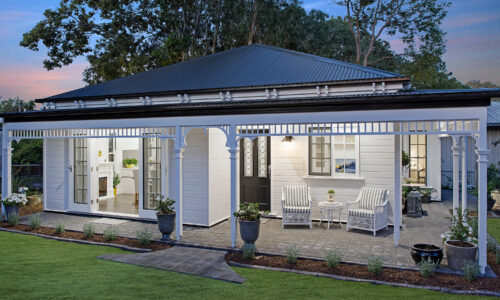
- Granny and Co Homes
- March 18, 2021
VISIT OUR GRANNY FLATS AND MEET OUR TEAM
Are you needing extra space for guests, looking for additional income with an airbnb listing, o ..
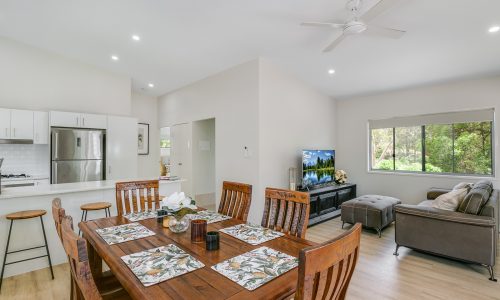
- Granny and Co Homes
- March 18, 2021
HOME STORAGE HACKS TO REDUCE HOME CLUTTER
Do you like your home to be neat and natty, with everything in its spot and easy to find? Have ..

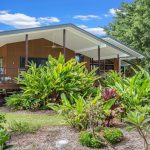
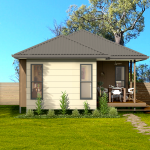
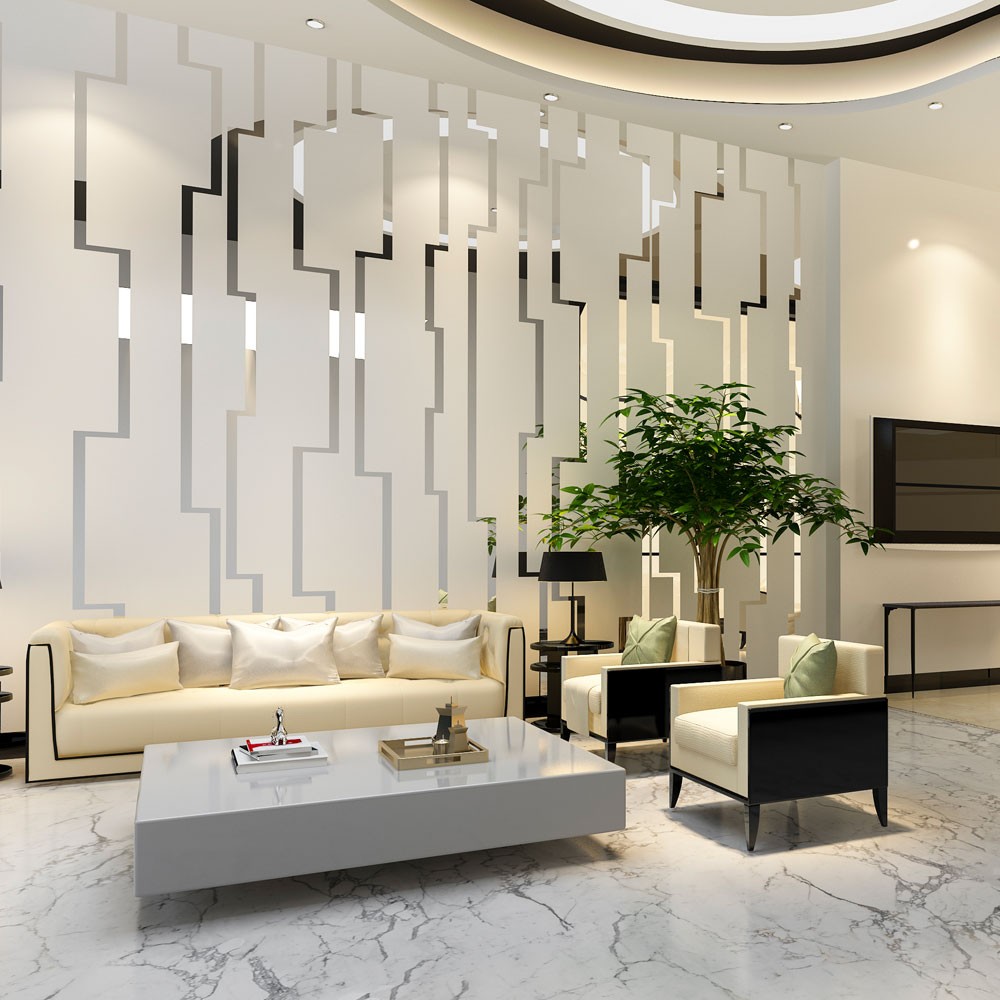
Recent Comments